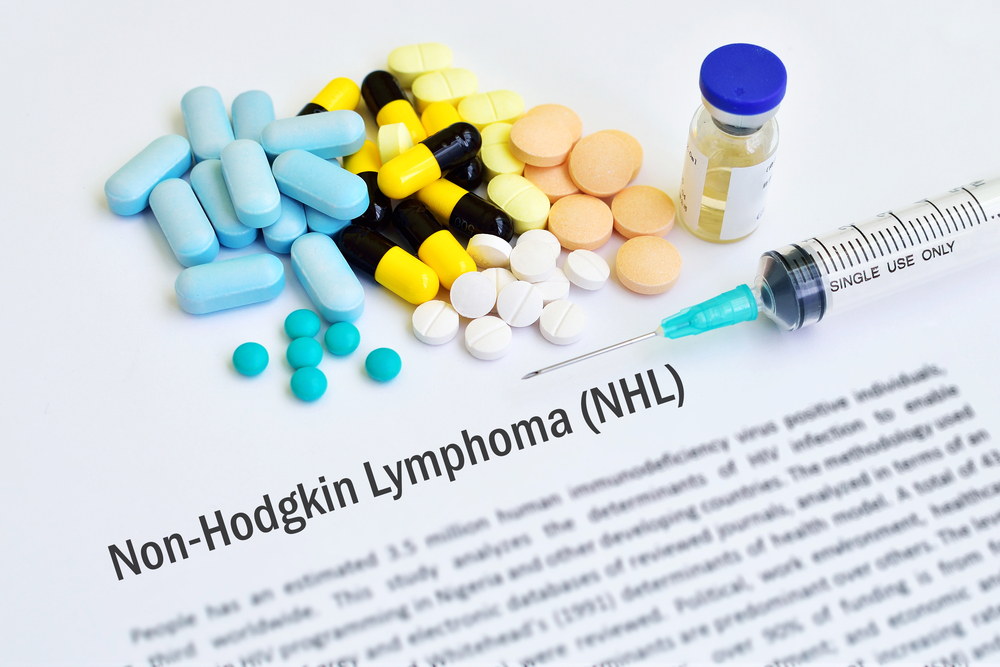Waldenstrom’s macroglobulinemia is one of the cancer types that starts in the white blood cells (WBC). This condition occurs when an excessive number of abnormal white blood cells are produced by bone marrow, crowding out good blood cells. Furthermore, the malfunctioning white blood cells generate a protein that builds up in the bloodstream, obstructing circulation and leading to complications.
Furthermore, experts believe the illness begins with a single rare white blood cell containing genetic coding abnormalities. The mistake tells the cell to continue growing at a rapid rate.
Cancer cells grow and eventually outnumber healthy cell creation because they do not mature and die like normal cells. Moreover, In the bone marrow, Waldenstrom’s macroglobulinemia cells drive away healthy blood cells.


